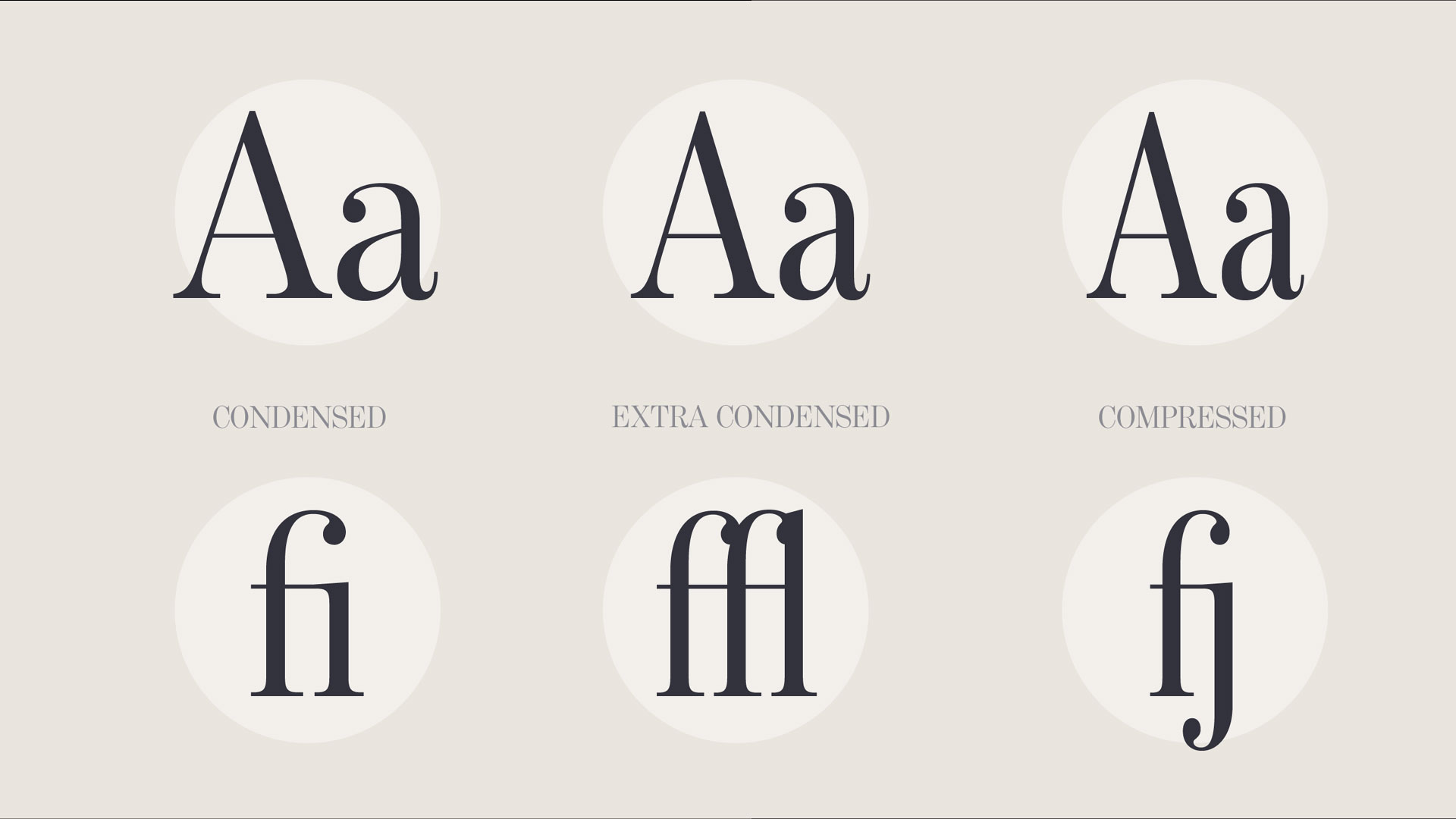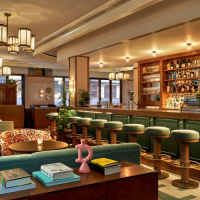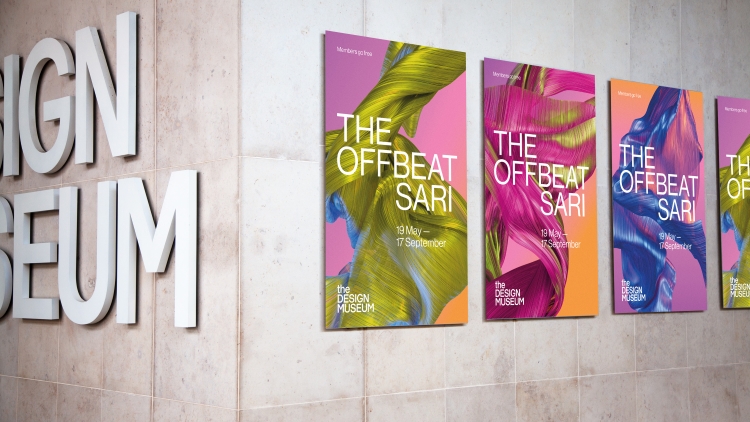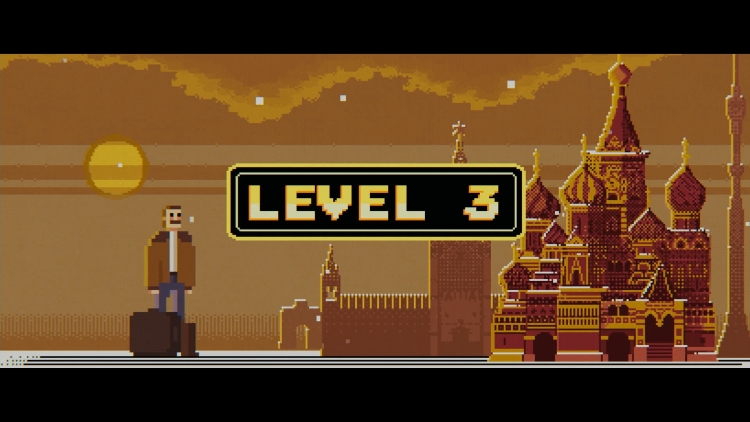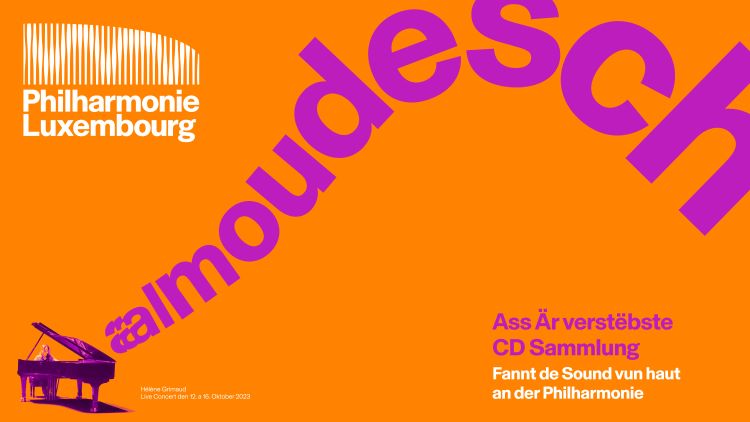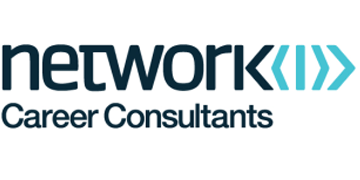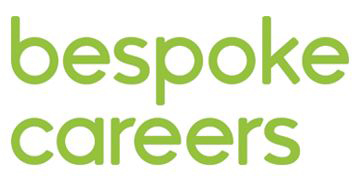How David Berlow is protecting his creative IP
Following Monotype’s acquisition of Berlow’s type families, the designer believes the move can secure his legacy in an AI-dominated future of design.
Monotype has acquired 39 type families from The Font Bureau, many designed by co-founder and designer David Berlow, in a bid to preserve his work and ensure its relevance in an increasingly tech-driven design landscape.
Berlow entered the industry in 1978 as a letter designer for the Mergenthaler, Linotype, Stempel and Haas type foundries, before joining the then-newly formed digital type supplier, Bitstream Inc four years later. In 1989, he joined forces with type designer Roger Black to start The Font Bureau, where they went on to develop over 200 new and revised type designs for publications such as The Chicago Tribune, The Wall Street Journal, Entertainment Weekly, Newsweek, Esquire and the New York Times Magazine.
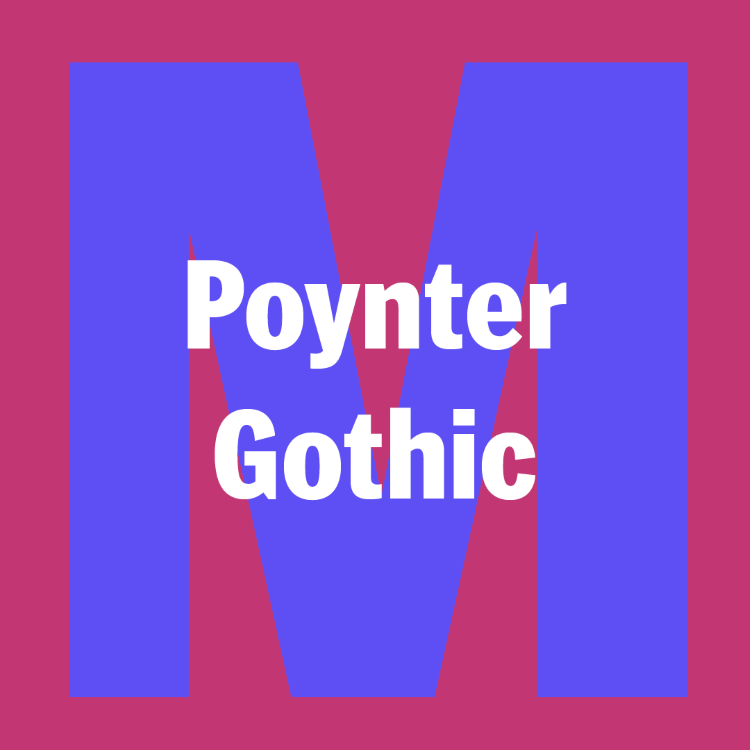
Berlow considers some of his most notable typefaces to be the grotesque sans-serif Bureau-Grot, Poynter – a serif designed for small newsprint text and narrow columns – and Belizio. He describes the latter as “a digital revival” of Aldo Novarese’s 1955 typeface Egizio”, adding that it “helped launch Rolling Stone Magazine’s distinctive visual identity”.
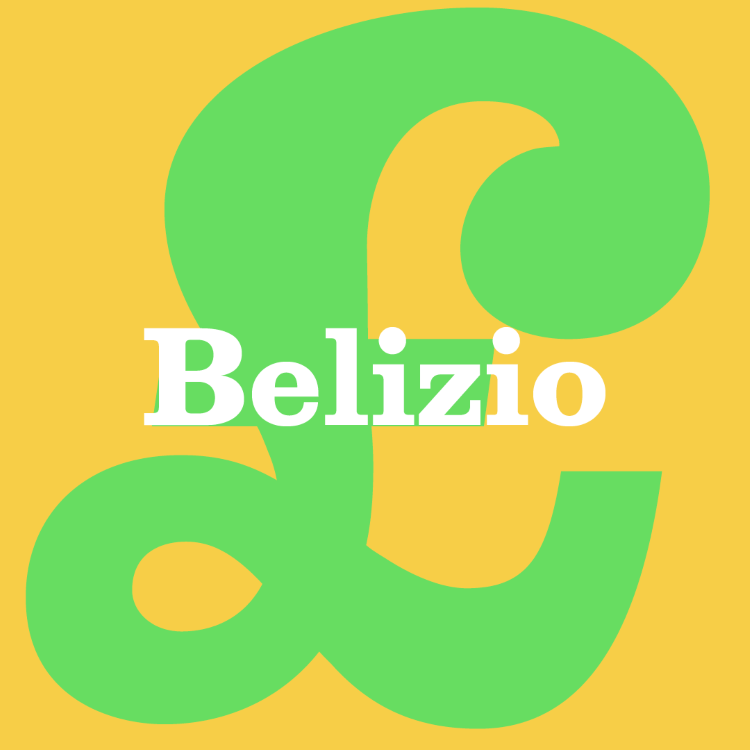
In 1992, Berlow says he was commissioned to create a series of typefaces for Apple Inc.’s latest operating system, which was “a human interface where fonts involved pixel images and typefaces written in sand”. However, Berlow explains that when Steve Jobs returned to Apple, he opted to keep only one of these typefaces, called Charcoal, meaning many of the other fonts were not publicised.
In light of his 45-year legacy, Berlow looked to how he could protect his designs as he neared retirement. He says that “ending the business of a career” can be “enormously stressful and time-consuming”.
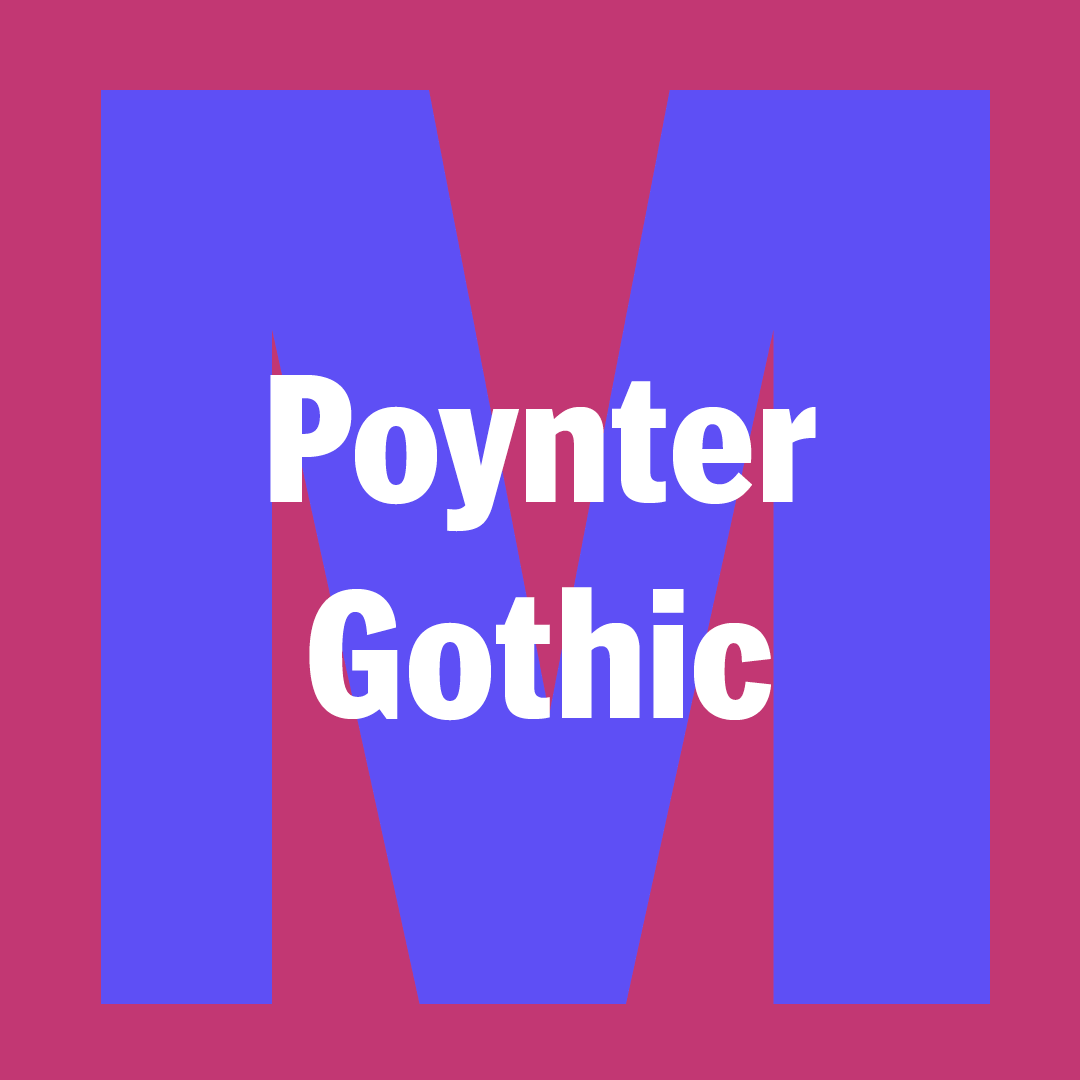
Monotype has previously bought Linotype and Bitstream, which means some of Berlow’s typefaces designed in the 1970s and 1980s have already been absorbed into the company’s collection. He says that the opportunity to have so many of his typefaces together, both from his time at The Font Bureau and his early career, seemed “a very attractive possibility and a good fit in terms of a home for [his] creative IP”.
Berlow reveals that one of the key benefits of the acquisition for him is the surety that his typefaces will remain relevant, as Monotype will update them as required “to reflect the latest advances in technology and typographic trends”. He sees the accelerated use of AI across the industry as “an inevitability” and believes that a company like Monotype will be “better equipped to deal with the changes surrounding various aspects of AI and hype automation”.
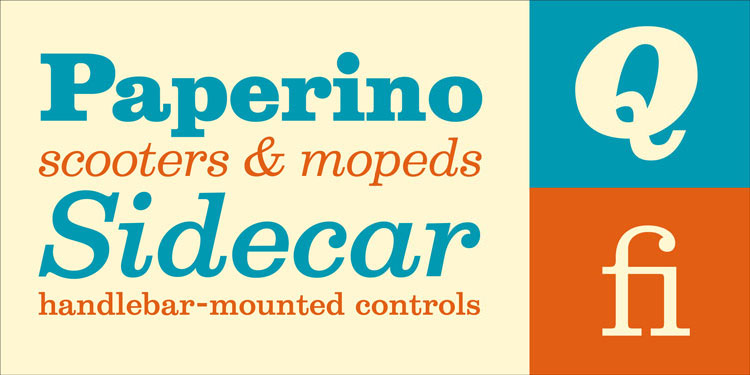
Considering that AI and other advances in tech will affect the whole creative community, not just typographers and designers, Berlow urges all creatives to take similar steps in preserving their work. Ensuring its longevity is not the only factor, says Berlow, as its also “essential to be educated on all the issues surrounding creative IP”. With that knowledge, a studio or business is better equipped to ensure it is a “future-ready company”, he adds.
“Monotype can help realise the value of type, and their custodianship of historic typefaces is unparalleled”, says Berlow. As well as having all of his own work in one place, Berlow says he also sees the benefit of sitting among “some of the world’s most loved and widely used typefaces”.
-
Post a comment
